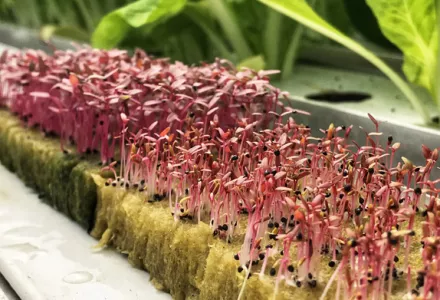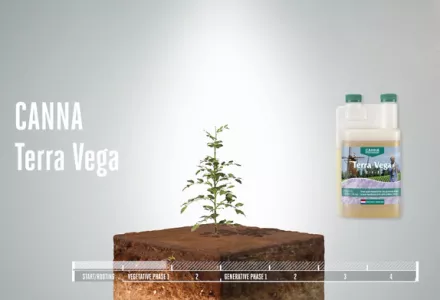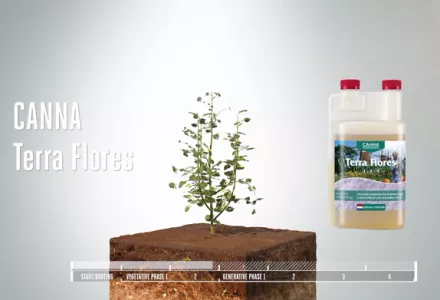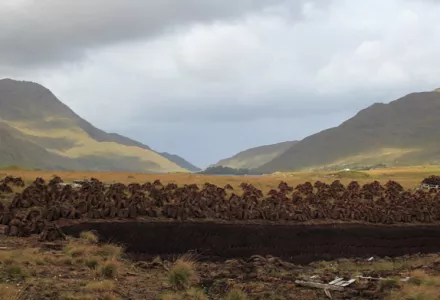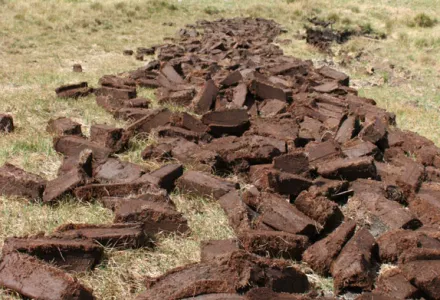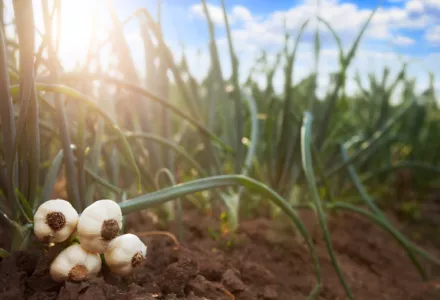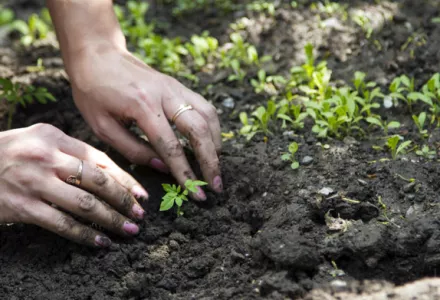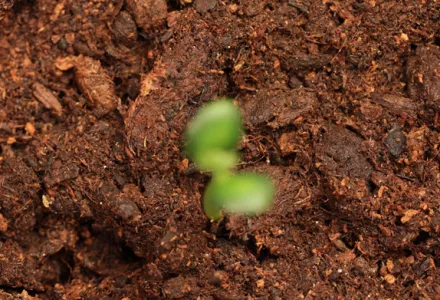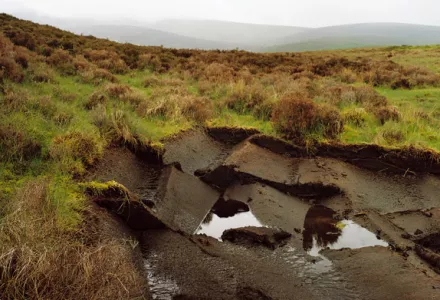CANNA TERRA products

Why use CANNA TERRA?
CANNA TERRA is specially developed for growing plants in pre fertilized soil and soilless mixes. Advantages of CANNA TERRA:
- High yielding potential
- Easy to use, ideal for the inexperienced grower
- TERRA nutrients are readily available for plant uptake
- Better growth and flowering
Product line FAQ
Temperature & pH
To ensure good root development the feeding water must be between 68 – 72°F. When it's below 59°F the roots’ capacity to absorb decreases quickly, which results in a smaller harvest.
Keep your nutrients dark
Light breaks down iron chelates! Because of this, it is very important to ensure that no Ultra Violet light reaches the nutrient solution. Light also causes algae to grow in the nutrient solution, which can lead to blockages. Furthermore, algae can take up nutrient elements and cause nutrient deficiencies to occur.
Amounts of nutrients
Keep a record of the amounts of nutrients and additives you add to each tank of nutrients you mix. You then have a good starting point for the next time!
Adjusting your nutrient tank
Take your time diluting and adjusting your nutrient tank! This is essential for the growth, flowering and development of the plants and will yield the best results.
EC/ppm
Very high EC/ppm values increase the chance of plant burn, particularly for plants that are close to the light source. In order to reduce the risk of nutrient burn, follow along our recommended feed schedules and adjust as needed for your conditions.
When do I switch from Vega to Flores nutrients?
Change from CANNA Terra Vega to CANNA Terra Flores when the flowers begin to develop. Usually this will be after the plants have been lit for 12 hours per day, for between 1 and 3 weeks.
Mixing nutrients
Check and adjust the nutrient reservoir as follows: Take a reading of the EC/ppm and pH of the nutrient solution and then determine whether there needs to be adjustments. Use the EC/ppm reading to determine if your concentration needs to be higher or lower, based on the values shown in our grow guide. Use the pH value to determine if an adjustment is needed and if so, try to correct the pH value at the first attempt!
How do I improve compacted soils or soil mixes?
Do you have problems with soil or soilless mixes that becomes compressed and then absorbs water with difficulty? This can be easily overcome by mixing COCO with the mix, which will ensure that it can absorb water easily again. CANNA Terra Professional Plus already contains coco; mixing in more is not necessary.





